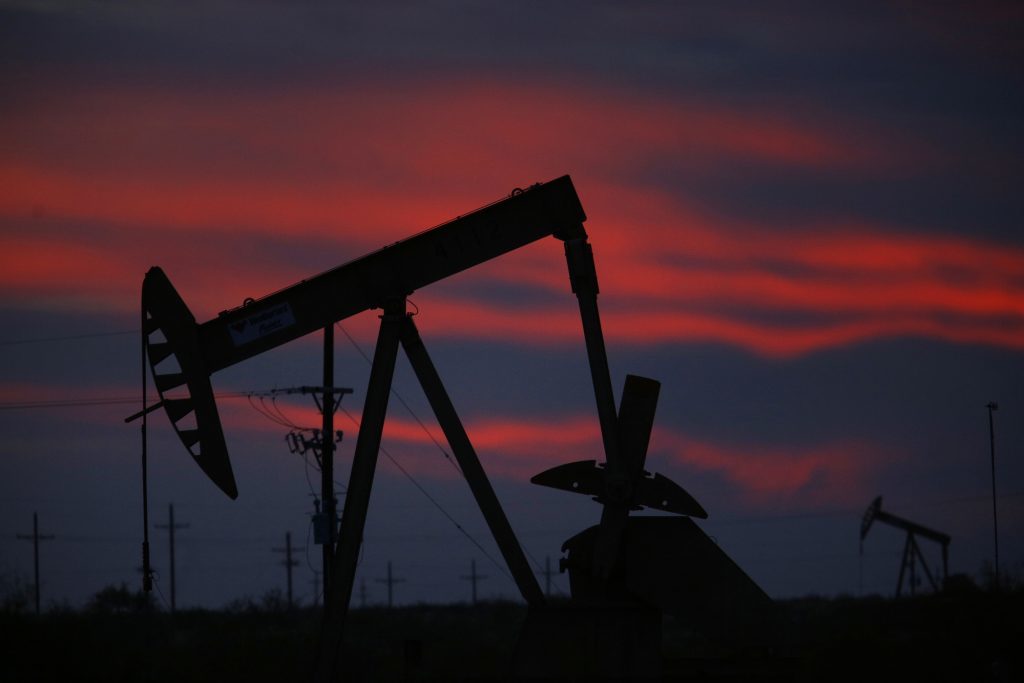
Exxon Mobil said Tuesday it plans to triple its oil and gas production in west Texas’ booming Permian Basin as part of its heightened emphasis on U.S. growth.
The country’s largest energy company said it aims to grow its Permian production to 600,000 barrels a day by 2025 and also spend more than $2 billion on transportation and terminal upgrades in west Texas, including expanding its crude oil terminal in Wink, Texas.
Exxon Mobil is beginning to break out specifics of its spending plans after announcing Monday that it wants to invest $50 billion in the U.S. during the next five years, in part because of extra financial benefits gained from the new U.S. tax law.
Last year, Exxon Mobil agreed to spend up to $6.6 billion to buy the Permian acreage of Fort Worth’s prominent Bass family to more than double its Permian acreage holdings.
Through the Bass deal and other smaller ones, ExxonMobil said it has doubled its footage drilled per day on horizontal wells in the Permian since early 2014 and reduced its drilling costs per foot by about 70 percent as wells are drilled increasingly longer horizontally. Exxon said its combined development and production costs in the Permian are less than $15 a barrel.
“Our geographic and competitive advantages in the Permian position the company for strong growth and long-term value creation,” said Sara Ortwein, president of Exxon Mobil’s onshore shale subsidiary, XTO Energy.
The production growth and transportation upgrades will help feed Exxon Mobil’s expanding refineries and petrochemical plants in Baytown, Mont Belvieu, Beaumont and Baton Rouge, La. with much of the oil and natural gas liquids they need to churn out fuels and plastics.
“With this production growth, we are well positioned to maximize value as increased supply moves from the Permian to our Gulf Coast refineries and chemical facilities where higher-demand, higher-value products will be manufactured,” Ortwein added.
Exxon Mobil is planning to spend about $20 billion on refining, petrochemical and liquefied natural gas growth along the Texas and Louisiana Gulf Coast. Much of that work is being completed now, while some projects are awaiting the final go ahead.
This article first appeared on the Houston Chronicle – an Energy Voice content partner. For more from the Houston Chronicle click here.
Recommended for you
